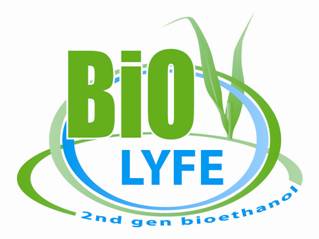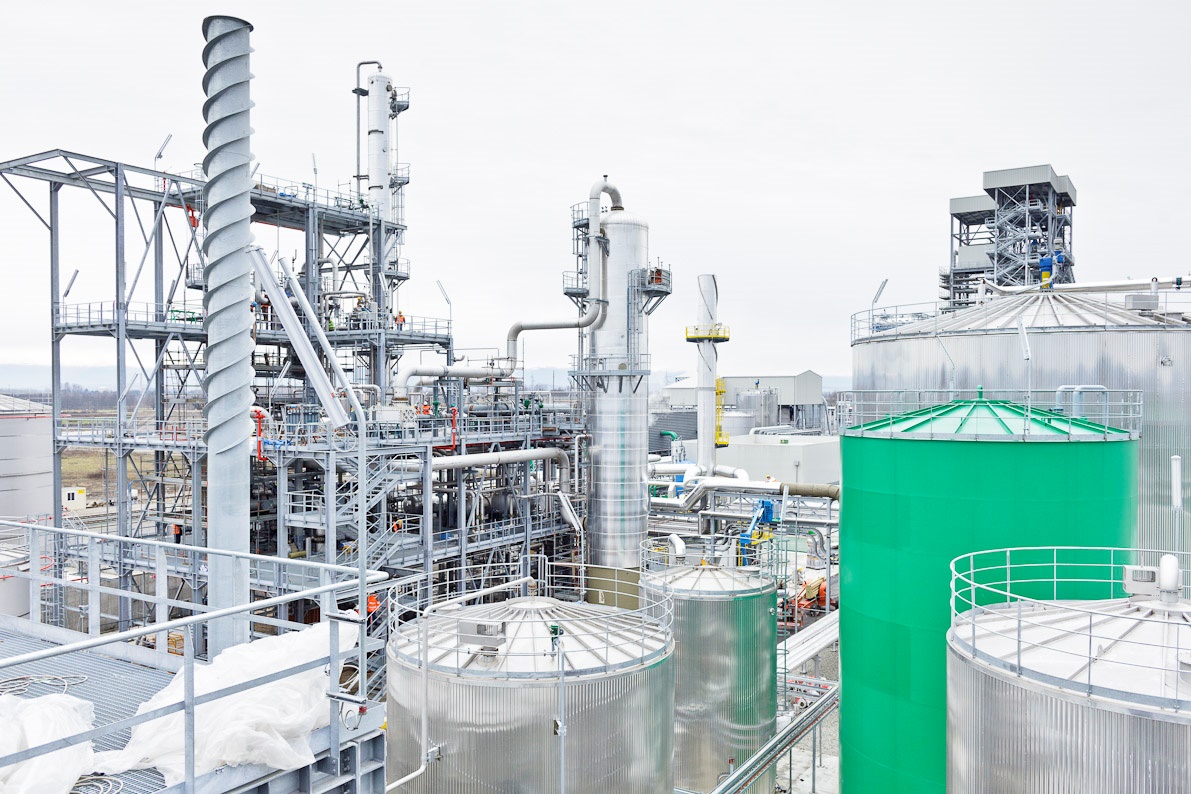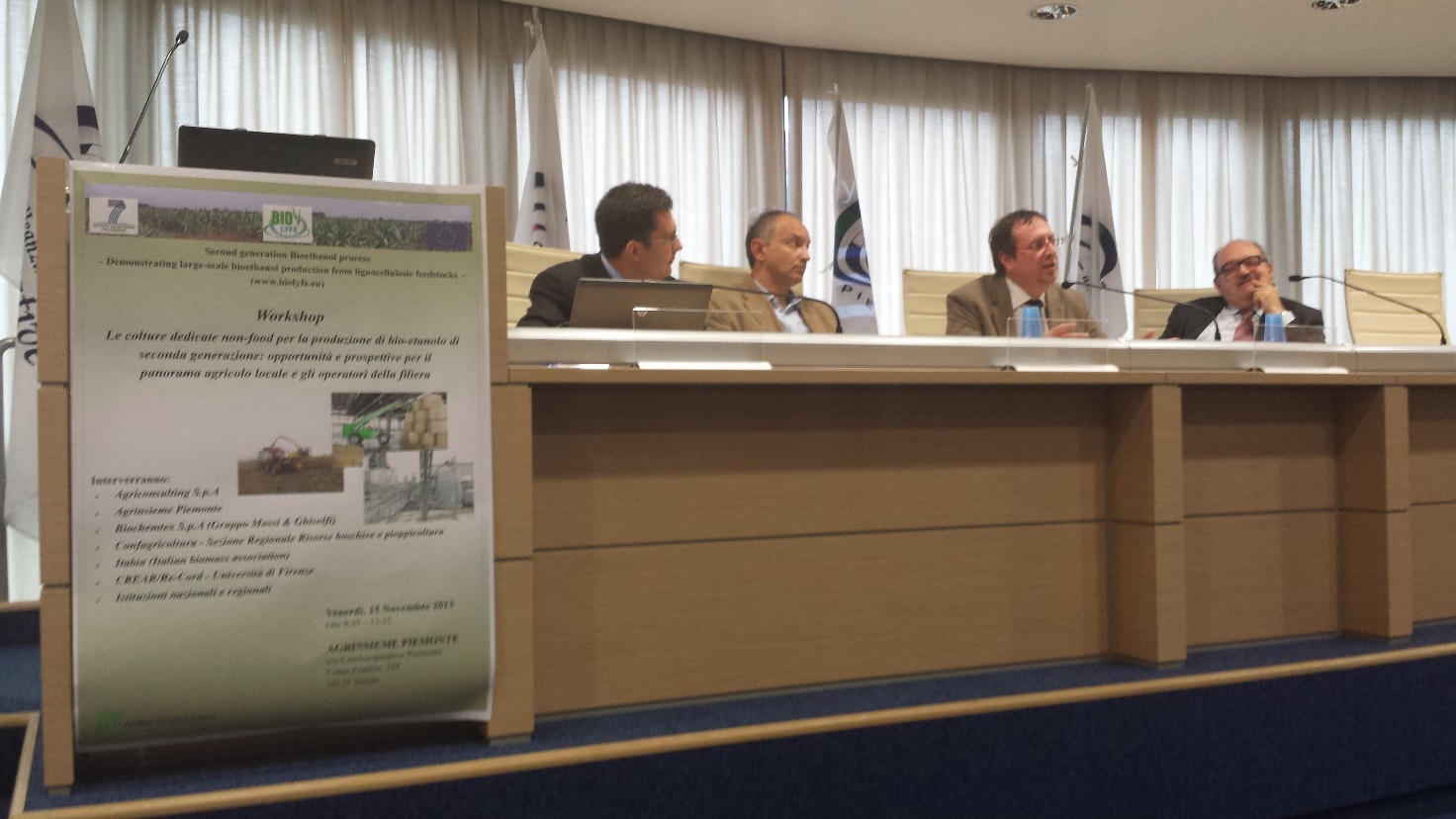|
Final BIOLYFE conference on 4th December 2013 in Brussels
The BIOLYFE consortium organised the Final BIOLYFE Conference on 4th December 2013 in Brussels. The conference attracted over 30 participants from all over Europe.
The goal of this conference was to provide an insight in the realisation of the world’s largest lignocellulosic bioethanol plant and discuss critical success factors for commercial-scale second generation bioethanol production worldwide.
The BIOLYFE consortium organised the Final BIOLYFE Conference on 4th December 2013 in Brussels. The conference attracted over 30 participants from all over Europe.
The goal of this conference was to provide an insight in the realisation of the world’s largest lignocellulosic bioethanol plant and discuss critical success factors for commercial-scale second generation bioethanol production worldwide.
Conference agenda
Moderator: Arianna Giovannini, Biochemtex
Chairperson: David Chiaramonti, University of Florence
11:30 Sandwich lunch
12:00 Welcome and introduction to the BIOLYFE Conference
Arianna Giovannini, Biochemtex
12:15 Key note presentation
Kyriakos Maniatis, DG Energy, European Commission
12:35 Sustainability assessment of second generation bioethanol
Guido Reinhardt, IFEU
12:55 Second generation bioethanol production: EU policies and legislation
David Chiaramonti, University of Florence
13:15 BIOLYFE project
Arianna Giovannini, Biochemtex
13:35 Coffee break
13:55 Hydrolysis of biomass: effect of different pretreatments and process strategies
Isabella De Bari, ENEA
14:15 Development of high performance enzymes
Johan Mogensen, Novozymes
14:35 Fermentation technology for lignocellulose
Gunnar Liden, Lund University
14:55 Biomass supply for second generation bioethanol production
Fabio Sissot, Agriconsulting
15:15 Coffee break
15:35 Crescentino plant: challenges and opportunities
Arianna Giovannini, Biochemtex
15:55 BIOLYFE Handbook on second generation bioethanol production process
Rita Mergner, WIP Renewable Energies
16:05 Final discussion and closing of the conference
David Chiaramonti, Chairman of the BIOLYFE Scientific and Technical Committee
16:15 Reception
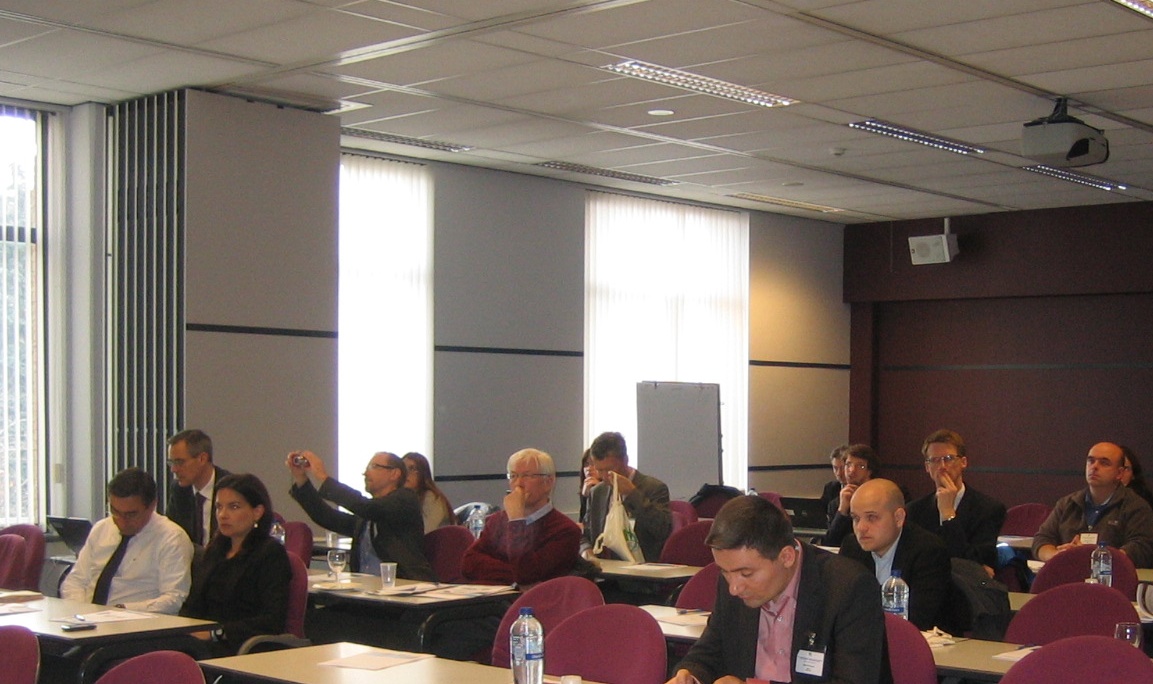
Picture 2: Participants of the conference
The conference was moderated by Arianna Giovannini, the BIOLYFE project coordinator.
The Key note presentation was made by Kyriakos Maniatis from the European Commission, on the Role of advanced biofuels in the EU’s energy and climate strategy. The main topics discussed were current use of biofuels in the EU, sustainability criteria, and the Commission’s proposal on ILUC.
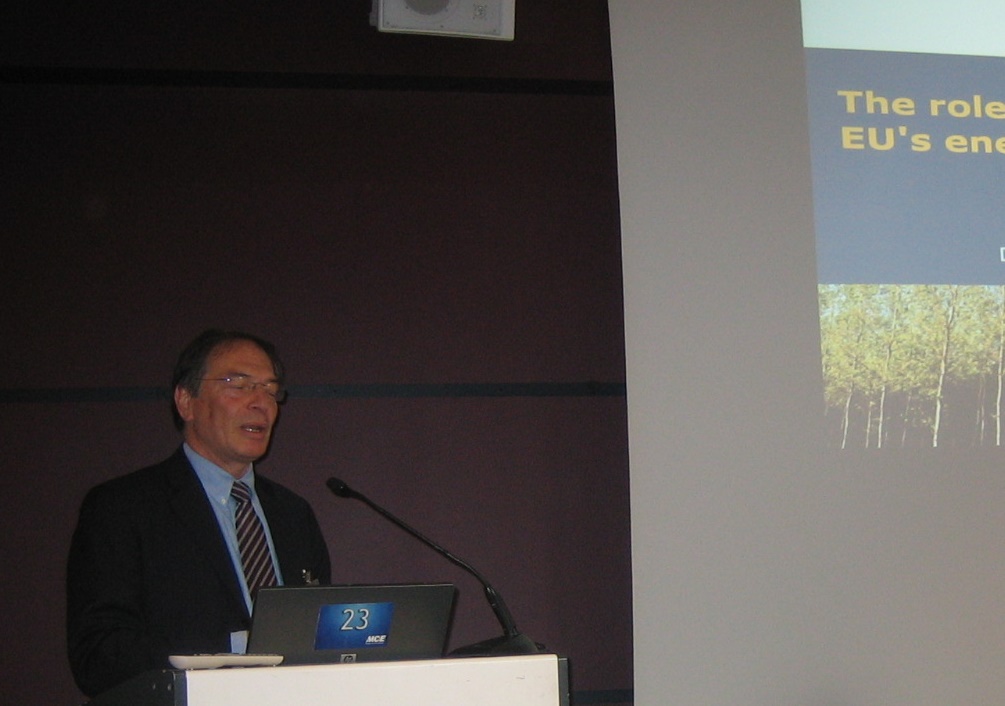
Picture 3: Kyriakos Maniatis, European Commission, DG Energy
In order to achieve the envisaged 80% reduction of GHG emission in 2050, we will need biofuels that save substantial amounts of GHG emissions (75% and more). Such high savings are likely to be achieved only with biofuels based on waste or residues or other types of advanced biofuels.
The two main legislative acts relevant for the promotion of the use of renewable transport fuels are the Fuel Quality Directive (FQD) and the Renewable Energy Directive (RED). The FQD sets a 6% greenhouse gas reduction target in carbon intensity of road transport fuels and the RED sets a target of 10% renewable energy in transport by 2020. Biofuels are expected to deliver a significant contribution to both targets.
With the ILUC proposal the Commission has put forward a series of measures that aim to limit indirect effects on land use:
- A limit of 5% to the amount of 1st generation biofuels that can count towards the RED targets
- Enhanced incentives for advanced non-land using biofuels (quadruple accounting)
- An increase to 60% greenhouse gas savings requirement for new installations
In addition, ILUC factors were included in the reporting of greenhouse gas savings. Biofuels remain essential for addressing current climate and energy challenges. Advanced biofuels are particularly important in this respect and are promoted through regulatory measures (ILUC) and RTD measures (Horizon 2020).
Guido Reinhardt from IFEU presented Sustainability assessment of second generation bioethanol assessment.
Sustainable development is"Meeting the needs of the present generation without compromising the ability of future generations to meet their needs" (Brundtland Commission 1987). The principle of sustainability takes into account economy, ecology and social issues. Environmental assessment includes Life Cycle Assessment (LCA) and Life Cycle Environmental Impact Assessment (LC-EIA).
LC-EIA enlarges the spectrum of environmental assessment indicators. It was proven, that it works and it is worth to include LC-EIA as a supplementary environmental assessment tool to the standard “life cycle assessment”. With respect to LC-EIA, BIOLYFE ethanol from straw and Arundo compared to alternative biofuels is in general quite positive.
BIOLYFE ethanol from Arundo (and straw) has a remarkable potential to meet the environmental advantages of conventional biofuels.
BIOLYFE ethanol from straw meets the long term RED requirements of 60 % GHG reduction. To meet 60 % GHG reduction with BIOLYFE ethanol from Arundo is achievable, Meeting 60 % GHG reduction with BIOLYFE ethanol from fibre sorghum needs extraordinary measures.
All biofuels investigated cannot compete with the production costs of fossil fuels as of today. According to Biochemtex calculations, the production costs of BIOLYFE ethanol from Arundo and straw can easily compete with those of conventional biofuels and have the potential to be more competitive than most of them. Compared to other biofuels, BIOLYFE ethanol shows a remarkable set of benefits, especially if produced from straw and Arundo Donax on marginal land. However, challenges still remain and are related to the selection of plant location and defined biomass supply chain.
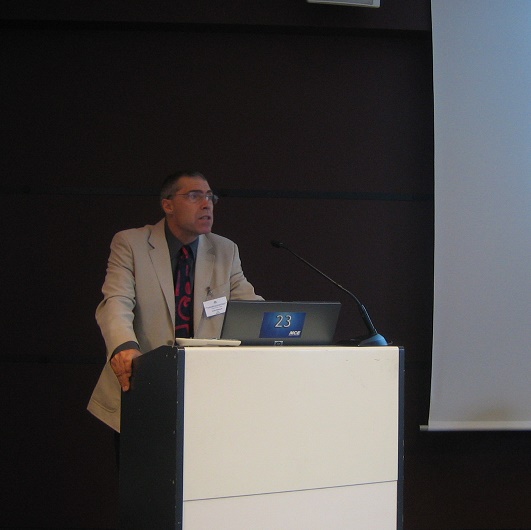
Picture 4: Guido Reinhardt, IFEU
David Chiaramonti from University of Florence introduced EU policies and legislation on advanced biofuels.
Lignocellulosic ethanol is industrially ready and other 2G biofuels routes are coming soon. 2G biofuels have different advantages when compared to 1G biofuels:
- Higher yield per ha, lower cost per t of feedstock
- No land competition with food if areas are not economically suitable for food crop production
- Production: higher CAPEX, but lower OPEX
- Possibility to become competitive without support
- High quality fuels (biodiesel vs HVO/FT-Diesel etc.)
- Suitable not only for road transport, but also for air transport
- Fully compatibile with infrastructure and logistic
The driving factors for 2G biofuels include not only GHG saving, but also land use and socio-economic impact of biofuels.
The EU focus is still on GHG and food vs. fuel issues. There is no specific consideration for 2G biofuels and serious discussions are in place. In USA and Brazil sustainable biofuels are defined as a strategic goal and socioeconomic development is a major driver. In addition, financing measures accompany the target for 2G biofuels.
Lignocellulosic ethanol is ready for industrial scale production. However, policy framework is not yet following the R&D and industrial development achieved so far.
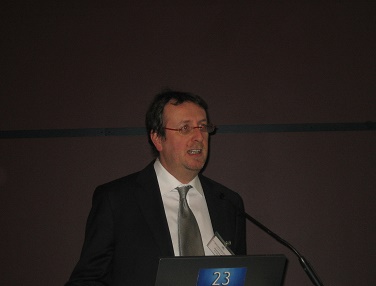
Picture 5: David Chiaramonti, University of Florence
Arianna Giovannini from Biochemtex introduced the BIOLYFE project.
Lignocellulosic ethanol is one of the most promising second generation biofuel technologies. Even though different conversion technologies are available on the market, Biolyfe bioethanol demo plant is the first plant in the world producing 75 million litres a year with an innovative and cost-competitive 2G bioethanol, technology, that is validated and ready for launching a large scale industrial production.
The BIOLYFE project, supported by the EU Commission through the FP7 funds, aims at improving critical process steps and demonstrating the industrial scale production of second generation bioethanol, covering the whole supply chain, from feedstock sourcing via fuel production to product utilisation. In the framework of the project the first industrial demonstration scale plant in the world for the production of bioethanol from lignocellulosic biomass was engineered and constructed in Crescentino (VC, Italy) with a capacity of 40,000 tons per year with a dry biomass input of about 180,000 tons per year. The plant is designed to produce bioethanol through hydrolysis and fermentation of cellulose and hemicellulose starting from lignocellulosic biomass (agricultural by-products or energy crops not suitable for food consumption).
The project was started in 2010, the construction began in 2011 and the boiler started producing energy in the autumn of 2012. In January 2013, bio-ethanol production began.
The BIOLYFE project specifically seeks technologies which have the highest undiscovered potential to enhance the technical and economic feasibility of the hydrolysis process and the complete conversion of all sugars into ethanol through an optimized fermentation process.
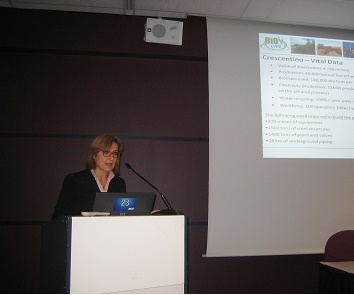
Picture 6: Arianna Giovannini, Biochemtex
Isabella De Bari from ENEA made a presentation on Hydrolysis of biomass: effect of different pretreatments and process strategies.
Arundo donax contains significant percentages of C5 sugars. This implies the importance of selecting pretreatment conditions that minimize the degradation of pentoses. During the project ENEA assessed the effect of various feeding strategies on the cellulose hydrolysis, the performance of the enzymatic blends provided by Novozymes and the effect of the reactor geometry and mixing. The goal was to find the optimal process strategy (SSF, SHF, hybrid process). In addition, testing the resistance of some yeast strains at industrial relevant process conditions was carried out.Hydrolysis at high DM content (~>30%) using last commercial Novozymes product.
Optimization of the process strategy included fed-batch feeding of biomass and enzymes along with optimized mixing conditions. Inhibition of enzymes by glucose was observed at high glucose dosage. Enzymes adsorption on fresh biomass and product removal enabled the enzymes recovery and reuse. Hybrid SSF process produced yields 1.4 higher than SHF. Johan Mogensen from Novozymes provided an overview on the Development of high performance enzymes.
Different pretreatment technologies produce different hydrolysates and inhibitors. Hemicellulose mix (C5 sugar types) also vary, therefore enzyme components must be tailored to match all. Diverging processes are being established at industrial scale,however, every blend will require further optimization work. Current CTecX blends contain separate, unique enzymes cocktails.
During BIOLYFE project enzyme efficacy (a measure of the amount of enzyme needed to achieve a given level of conversion of biomass to sugars) has been dramatically improved. First-wave commercial-scale ethanol plants will initiate the realization of further cost-saving potential in most cost elements through combined enzyme, yeast and process optimization.
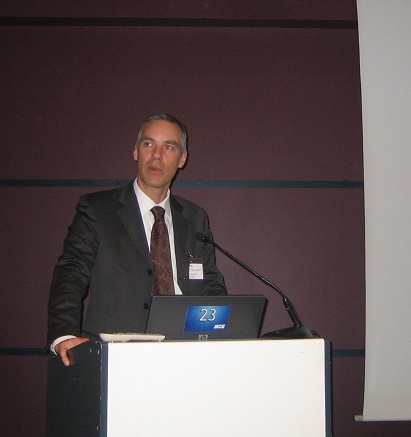
Picture 7: Johan Mogensen, Novozymes
Gunnar Liden from Lund University made a presentation on Fermentation technology for lignocellulose.
Fermentation is a part in the integrated process. The challenges in the fermentation are connected to all upstream steps:
- The feedstock defines the sugars to be converted, and also contains some components which may be inhibitory.
- The pretreatment (may) produce (or liberate) inhibitory compounds to the fermentation and enzymatic hydrolysis.
- The hydrolysis - if simultaneous to the fermentation - affects desired process temperature.
- The process design (feeding strategies) defines the relative ratios between sugars and also the level of inhibitors in case these are converted in the process (in-situ detoxification).
The pretreatment defines the structure and chemical composition going into enzymatic hydrolysis. It also defines the relative ratios of oligosaccharides to monosaccharides in the liquid fractionand - to a large extent - the amount of inhibitors to be handled.
In the fermentation everything matters - feedstock, pretreatment, process design and process conditions. With a judicious choice of process design and conditions, significant improvements - in both hydrolysis yields and fermentation yields - have been made, on top the improvements in enzyme performance and strain performance.
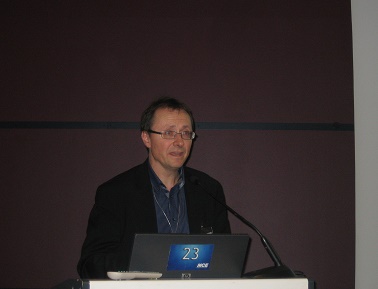
Picture 8: Gunnar Liden, Lund University, Sweden
Fabio Sissot fromAgriconsulting discussed the main issues on Feedstock harvesting and supply.
Different agricultural residues such as wheat straw, rice straw, oat straw, corn stalks were introduced. The main advantage of these residues are no land competition and easy storage, however dedicated biomass needs more efforts about planning and logistics.
In the BIOLYFE project Arundo Donax was analyzed. It is important to take into account that the conversion plant cannot be stopped for a biomass lack, therefore harvest should be well planned and the seasonality of harvesting should be taken into account.
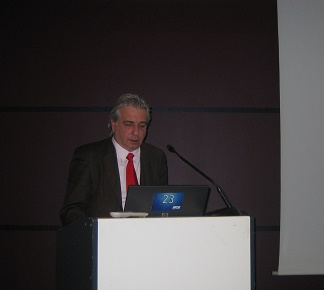
Picture 9: Fabio Sissot, Agriconsulting, Italy
Arianna Giovannini made a presentation on Crescentino Demo plant: Challenges and opportunities.
Official opening of the world’s first demonstration-scale cellulosic ethanol plant took place in October 2013. The Crescentino Plant is the first in the world to be designed and built to produce bioethanol from agricultural by-products or plants not suitable for food consumption. This has been made possible thanks to PROESATM technology, developed in the Biochemtex laboratories. The expertise developed in Crescentino will enable similar plants to be built in USA, Latin America, Europe and Asia. The plant is located in the center of an agricultural area dedicated to rice, wheat and maize production - a ‘natural reserve’ for biomass at limited cost.
Different players are involved in the realization of the demo-plant. The construction of the Crescentino bio-refinery was carried out by Mossi Ghisolfi Group companies. The objectives of Beta Renewables in partnership with Novozymes, is to promote PROESATM technology globally. Biochemtex developed the technology, designed and built the plant and Italian Bio Products (IBP) is responsible for the operational management of the Crescentino plant.
Rita Mergner from WIP Renewable Energies presented the BIOLYFE Handbook on second generation bioethanol production process.
The BIOLYFE Handbook is one of the important outcomes of the project at dissemination level. It contains two parts: the first part of the Handbook provides an overview of the second generation bioethanol technologies in terms of available feedstock, pretreatment and production processes; the second part of the Handbook focuses on the Crescentino demo plant. The entire demonstration plant takes advantages of important results obtained with the efforts of the BIOLYFE partnership in particular for feedstock supply, enzymes development, hydrolysis and fermentation optimization processes and scale up innovation. The Handbook is a good source of information for stakeholders interested in 2G bioethanol production.
|
